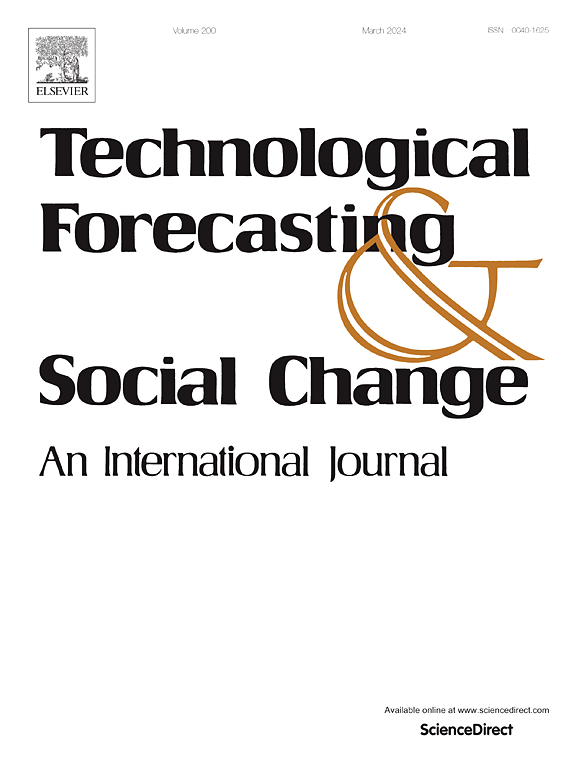Enhancing economic cycle forecasting based on interpretable machine learning and news narrative sentiment
IF 13.3
1区 管理学
Q1 BUSINESS
Technological Forecasting and Social Change
Pub Date : 2025-03-25
DOI:10.1016/j.techfore.2025.124094
引用次数: 0
Abstract
The growing prevalence of uncertainty in global events poses significant challenges to economic cycle forecasting, emphasizing the need for more robust predictive models. This study addresses this gap by developing a novel forecasting framework that integrates multiple uncertainty indices to improve accuracy, stability, and interpretability, particularly during uncertainty shocks. To achieve this, several methodological innovations were implemented. First, news sentiment-based uncertainty indices were incorporated as candidate variables to capture uncertainty dynamics. Second, Bayesian least absolute shrinkage and selection operator (Bayesian LASSO) was employed for efficient variable selection, mitigating the curse of dimensionality in small samples. Third, the multi-objective Lichtenberg algorithm (MOLA) was applied to optimize the prediction window size, ensuring model robustness. Additionally, a MOLA-based extreme gradient boosting (MOLA-XGBoost) model was developed to fine-tune hyperparameters across dimensions of prediction accuracy, stability, and directional consistency. Finally, SHapley Additive exPlanations (SHAP) theory was used to enhance model interpretability. This study forecasts China's economic cycle using multiple indicators, demonstrating that the proposed approach consistently delivers accurate and robust predictions even under uncertainty shocks. The findings highlight the crucial role of uncertainty indices in improving economic forecasts, offering new insights and methodologies for predictive modeling in volatile environments.

基于可解释性机器学习和新闻叙事情绪的经济周期预测
全球事件中不确定性的日益普遍对经济周期预测提出了重大挑战,强调需要更强大的预测模型。本研究通过开发一种新的预测框架来解决这一差距,该框架集成了多个不确定性指标,以提高准确性、稳定性和可解释性,特别是在不确定性冲击期间。为实现这一目标,实施了若干方法创新。首先,将基于新闻情绪的不确定性指数作为候选变量来捕捉不确定性动态。其次,采用贝叶斯最小绝对收缩和选择算子(Bayesian LASSO)进行有效的变量选择,减轻了小样本的维数诅咒;第三,采用多目标Lichtenberg算法(MOLA)优化预测窗口大小,保证模型的鲁棒性。此外,还开发了基于mola的极端梯度增强(MOLA-XGBoost)模型,用于在预测精度、稳定性和方向一致性方面微调超参数。最后,采用SHapley加性解释(SHAP)理论增强模型的可解释性。本研究使用多个指标对中国经济周期进行预测,结果表明,即使在不确定性冲击下,所提出的方法也能始终提供准确而稳健的预测。研究结果强调了不确定性指数在改善经济预测方面的关键作用,为不稳定环境下的预测建模提供了新的见解和方法。
本文章由计算机程序翻译,如有差异,请以英文原文为准。
求助全文
约1分钟内获得全文
求助全文
来源期刊
CiteScore
21.30
自引率
10.80%
发文量
813
期刊介绍:
Technological Forecasting and Social Change is a prominent platform for individuals engaged in the methodology and application of technological forecasting and future studies as planning tools, exploring the interconnectedness of social, environmental, and technological factors.
In addition to serving as a key forum for these discussions, we offer numerous benefits for authors, including complimentary PDFs, a generous copyright policy, exclusive discounts on Elsevier publications, and more.

 求助内容:
求助内容: 应助结果提醒方式:
应助结果提醒方式:


